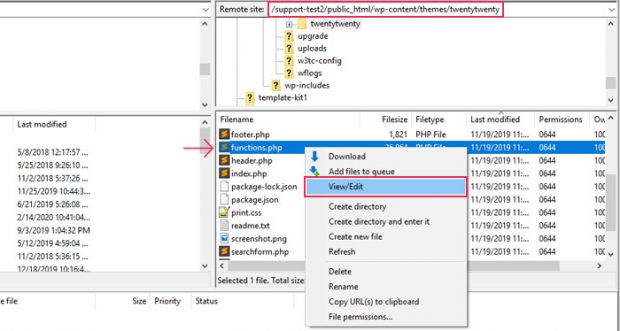

- Fontbase deactivation file stile present password#
- Fontbase deactivation file stile present professional#
Text: Text field to display instructions for users. The "page break" marks the start of a new page in the form builder

Section Break: It's a line for separating areas group of fields.Summary: Displays a summary of form fields with the values entered.Comment area: It's a comment to introduce to a section of the form or give instructions to the user.Phone field: Supports international formats line #-#-#.
Fontbase deactivation file stile present password#
You can also add a confirm password validation.

Currency: A classic input field for currency values, that allows separator for thousands, and currency symbols.Slider: Numeric field whose value is modified sliding a handle.Number: This field can validate if only digits or a valid number was entered.The following field types are currently available: BLOG: How do I create a new template to use with my forms?.FAQ: How can I apply CSS styles to the form fields?.Through the "Customize Form Design" attribute in the "Form Settings" tab, it is possile to enter the CSS rules to apply to the form and customize its appearance. So, if an user that is filling the form closes the tab, the next time the user visit the webpage the form's fields will be prefilled with the data stored in his browser. If the browser's persistence option is ticked the plugin will store the data entered by the users, locally in their browsers (only compatible with the browsers with support for the localStorage object) until the form be submitted. The plugin includes multiple predefined designs. In case of evaluate the equations dynamically it is possible configure the form to evaluate the equations in the onchange events, or in the onchange and keyup events.įurthermore in the forms settings tab it is possible configure the form's design. In the "Form Settings" tab is possible to enable the autocompletion of fields, evaluate dynamically the equations (or evaluate the equations through a "Calculate" button). The "Form Settings" tab allows define the form's title and description, as the placement of labels with respect the fields (at top, at left, aligned to the right). To modify it use the related "Settings" button. The new form will appear in the list of forms. Choose the previously exported file (.cpfm) that contains the form's structure and settings.Go to the same area mentioned in the previous section.Finally, select a location in your computer to save the exported file.Select the form from the list: "Export this form structure and settings" (in the "Import/Export Area"), and press the "Export" button.Go to the settings page of the plugin through the menu option: "Settings/Calculated Fields Form".Note(*): Both websites must be using the same version of the plugin to have a compatible exported file. The feature is really thankfully for owners or developers of multiple websites to avoid implementing the same form once and once again. The "Calculated Fields Form" allows exporting the forms created in a WordPress website to be imported in other websites(*).
Fontbase deactivation file stile present professional#
Professional Version Developer Version Platinum Version


 0 kommentar(er)
0 kommentar(er)
